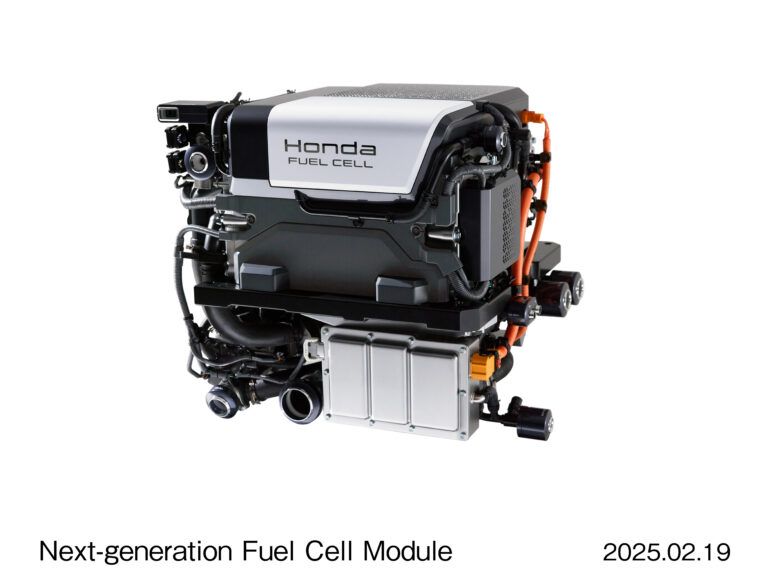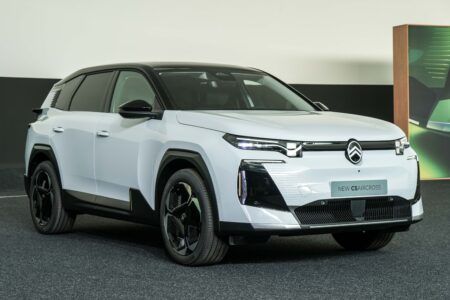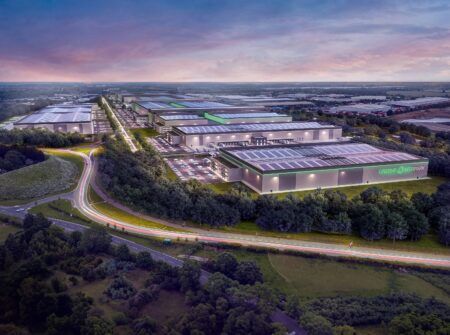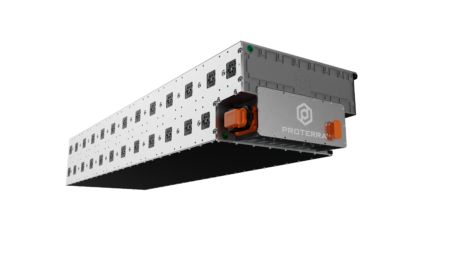Honda Motor Co. has revealed specifications for its independently developed Next Generation Fuel Cell Module at the H2 & FC EXPO in Tokyo. The new module, scheduled for mass production in 2027, represents significant advancements over Honda’s current model, which was jointly developed with General Motors.
The next-generation system achieves a rated output of 150 kW while cutting production costs by half and more than doubling durability compared to the current version. Engineers have increased volumetric power density by more than three times, substantially reducing the module’s size and enhancing installation flexibility.
Honda aims to expand applications and sales regions for this technology as part of its contribution to a sustainable energy ecosystem.
The company also unveiled its Fuel Cell Power Generator, slated for mass production in 2026. This stationary power storage system will provide hydrogen-derived electricity to large facilities including factories and offices. The generator utilizes the same fuel cell technology found in Honda’s CR-V e:FCEV vehicle.
“The compact size of the Honda Fuel Cell Power Generator realized through the optimization of the design of its cooling system and internal layout enables flexible fit to the installation environments of each customer,” Honda stated in its announcement.
The generator features rapid response capabilities, delivering power within 10 seconds of startup for reliable backup power applications. Honda plans to offer comprehensive support services from installation to maintenance.
Honda’s commitment to hydrogen technology spans more than three decades, with the company being among the first to recognize hydrogen’s potential in achieving carbon neutrality. The company has identified four core application domains for its fuel cell systems: passenger vehicles, commercial vehicles, stationary power generation, and construction machinery.
These developments align with Honda’s broader goal of achieving carbon neutrality across all products and corporate activities by 2050, with hydrogen business growth representing a strategic priority for the company’s future.





